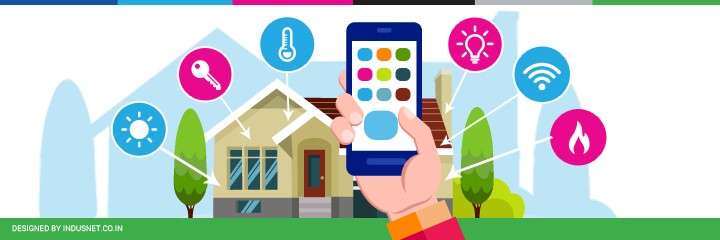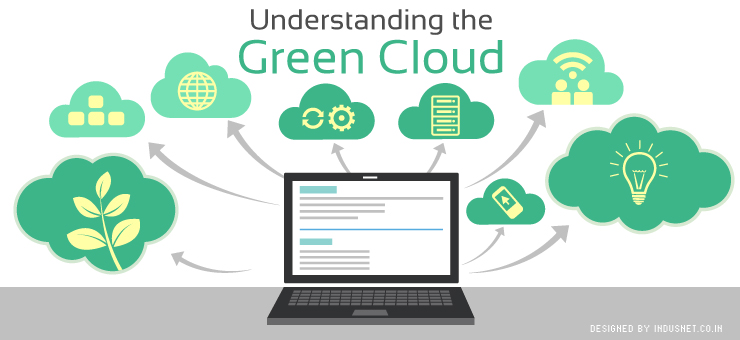
Home is where the intelligence is: Smart home trends for 2018
Who doesn’t love a comfortable, easier, secure and convenient lifestyle? The alarm goes off and your perfect cup of hazelnut coffee is ready in no time. Rich and nutty, just the way you like it. And the best part: you can make the coffee without having to leave your bed. Smart homes give you the ultimate power to control and manage your home-sweet-home (office too) through advanced software and networks that are becoming increasingly easier to monitor, grasp and use. Even a few years ago, this would sound straight out of a fairy tale or a sci-fi movie. But today with smart homes, you can make a pot of coffee from anywhere using your smart device. That’s the power of technology and that’s how home automation is changing our lives. From voice-activated smart speaker Amazon Echo, who will be at your beck and call, to smart lighting which would automatically turn on the moment you ring the doorbell, now even the shades of your window can be adjusted via mobile apps without getting up from bed in the morning. Smart home and Internet of Things (IoT) are completely redefining our way of life. Home automation is a booming market with the US having the highest smart home penetration rate, followed by Japan and Germany. According to the global smart home market, the market size would reach a value of more than 40 billion US dollars by 2020. This is extremely encouraging news for both tech giants and venture capitalists who are pouring money for further innovations in the smart home sector. The real estate scenario has also undergone a sea change because of this. Realtors and builders are increasingly adapting to these new innovations and helping to increase awareness about smart homes in the buyers’ market, informing them about how these “intelligent homes” communicate with the residents. It is not surprising that the largest consumer segment is constituted by millennial, a bunch of tech-savvy citizens who have a completely different approach when it comes to investing in properties. Their preferences are now being taken into account to make the homes more modern. According to a report by Coldwell Banker LLC, more prospective home-buyers are looking for their homes to be automated, or at least for those that have the potential to be automated. In India, the concept of smart cities has been gaining ground more than ever. It shouldn’t be long before India starts adapting smart homes in a larger way. Startups in India are already jumping onto the bandwagon on home automation and technology students are also trying to make breakthrough innovations in this domain. According to a report published by RedSeer Consulting in 2015, home automation market in India is expeditiously growing and is expected to reach Rs 8800 crores by 2017! Santanu Mukherjee, head of digital marketing, Indus Net Technologies, admits that India too is welcoming home automation with open arms with several players already ruling the market. However, he also agrees that it will take some time before home automation finally finds its stronghold in India. According to Mukherjee, the primary reason is the lack of awareness in this sector. “Till now, the majority of the buyers in India consider a property with smart IoT devices as too luxurious an investment. The high product cost of home automation is also inhibiting consumers from exploring this space. As of now, smart homes are a super luxury component in a developing nation like India,” he says. Here are 5 ways to turn your home into a smart home: 1. Let’s get connected The entirety of your home must first and foremost be connected by WiFi “so powerful and fast” that all the smart home IoT devices in the house are connected. Here are five WiFi systems you might use when implementing smart home technology: Samsung Connect Home Smart Wi-Fi System Google Wi-Fi system Eero Luma Home WiFi System Linksys Velop 2. Safety matters No one wants to compromise when it comes to the security of your most-prized possession, your house. IoT has made it easier to set up smart security systems. Today you can control the security and comfort of your home remotely, via a smart device which monitors feed from the security cameras (indoor and outdoor), window sensors, door locks, motion detector, smoke detectors, water sensors to garage door openers, thus connecting your home to the above-mentioned Wi-Fi network. You can keep a watch on all the activities 24X7 using your smartphone and apps. Alerts in the form of emails and text messages are sent to you on the go. “Security is a big issue, especially for working couples who depend on external help to manage their kids. However, reliability on external help is questionable. To address this issue, a smart home can be a great help. You can monitor what’s happening at home from afar”, says Mukherjee. Here’s a list of five smart home devices, which will keep your home safe: August Smart Lock Nest Cam Outdoor iSmartAlarm Netatmo Presence Samsung Digital Door Lock SHS-P718 3. Look who’s talking “Alexa, switch on the light. Alexa, adjust the thermostat.”- Smart homes today enable you to prepare a hearty meal, book a cab or play your favourite song by just talking to voice-activated smart-home systems such as Amazon’s Echo and Google’s Home. Thanks to advancements in AI (artificial intelligence) and Machine Learning (ML), speech recognition technology has revolutionized home automation. Through Amazon’s voice assistant, Alexa (you can talk to her through Dot, Fire TV, Echo, Fire Tablet and the Tap) you can remotely control many functions of your house. Google Home is also integrated with a number of smart home systems such as thermostats and water leak sensors. Microsoft’s virtual assistant Cortana already works at your command, but now the tech giant is planning to launch Cortana soon in the home automation market. According to reports, it won’t be long before Apple’s Siri smart speaker participates in home automation market. 4. Let there be light How many



